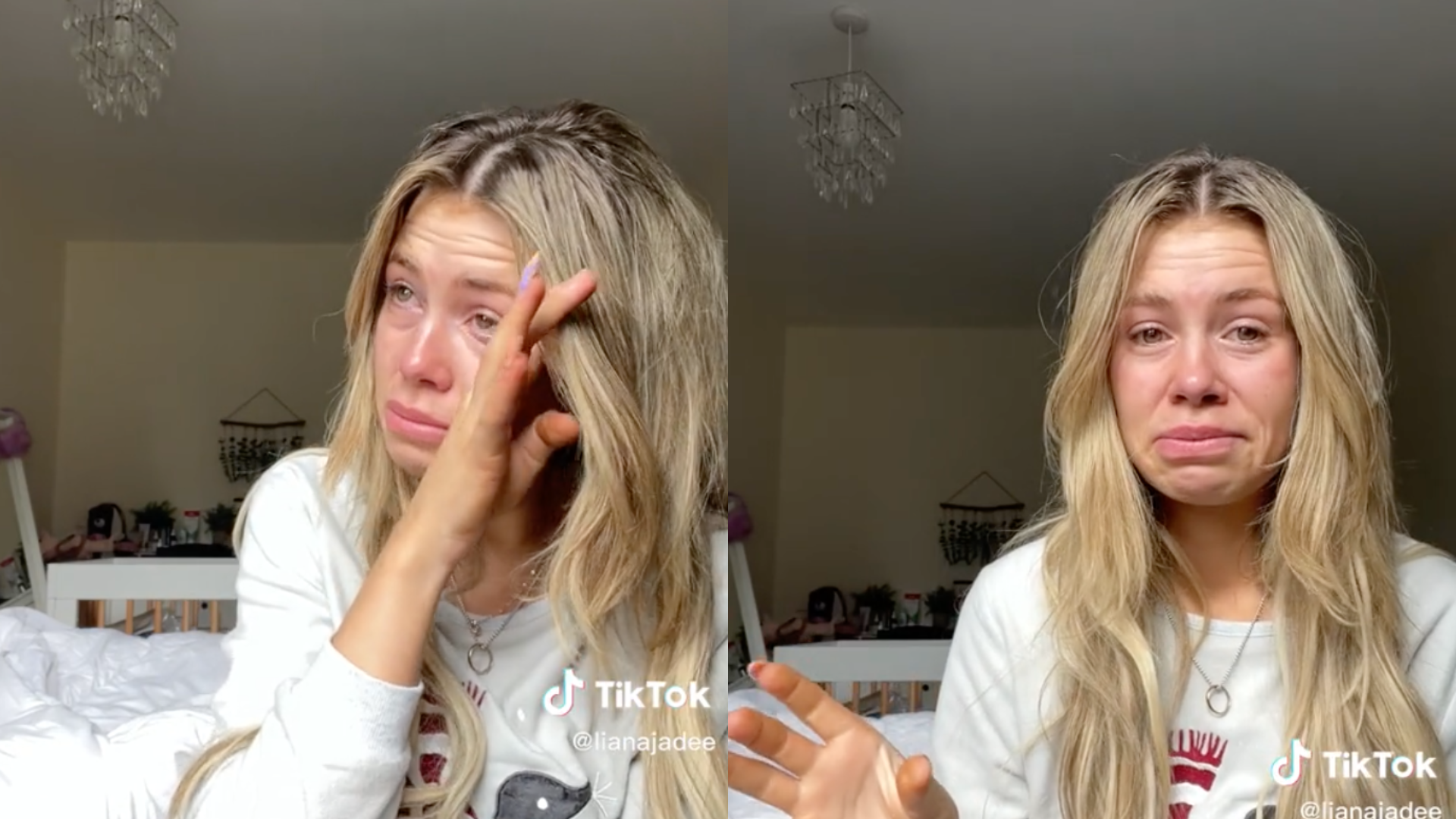Carmen Broesder, a 35-year-old mother of one in Idaho, recently experienced a 19-day miscarriage that she said was severely painful and that Idaho’s strict abortion laws prevented her from getting the healthcare she needed. Broesder turned to TikTok and began documenting how she was feeling throughout the miscarriage and multiple frustrating hospital visits. Her 12 videos about the miscarriage ended up being viewed hundreds of thousands of times.
On Dec. 8, when Broesder was six weeks pregnant, she began to bleed heavily. After an ultrasound, the doctor told her they could not hear a heartbeat. Broesder knew the fetus was dead, so she asked for a D&C, a procedure which removes tissue from inside the uterus. Because performing a D&C on a pregnant person leads to the same outcome as an abortion, Broesder’s doctors in Idaho refused to offer it to her.
Broesder’s experience highlights the severe impact of restrictive abortion laws on people seeking healthcare. It also demonstrates the power of social media platforms like TikTok in bringing attention to and amplifying the voices of those who might not otherwise be heard. Broesder’s videos allowed her to share her story with a wide audience and bring awareness to the issue of abortion access.
The restrictive abortion laws in Idaho, and other states, not only hinder people’s ability to access necessary healthcare, but they also disproportionately impact marginalized communities. People of color, low-income individuals, and those living in rural areas are often the most affected by these laws. It is important to recognize the intersectionality of reproductive rights and the ways in which these laws disproportionately impact marginalized communities.
It is also crucial to acknowledge the complex and often difficult experiences that people who have miscarriages go through. Miscarriage is a common occurrence, with an estimated 10-20% of all known pregnancies ending in miscarriage. Yet, there is still a significant stigma surrounding miscarriage, and people who go through it often struggle with feelings of grief, loss, and isolation. Broesder’s experience shows the importance of destigmatizing miscarriage and providing support and resources for those who go through it.
In conclusion, Broesder’s experience highlights the devastating impact of restrictive abortion laws on people seeking healthcare and the importance of reproductive rights. It also demonstrates the power of social media in bringing attention to and amplifying marginalized voices. It is crucial to recognize the ways in which these laws disproportionately impact marginalized communities and to destigmatize miscarriage and provide support for those who go through it.












